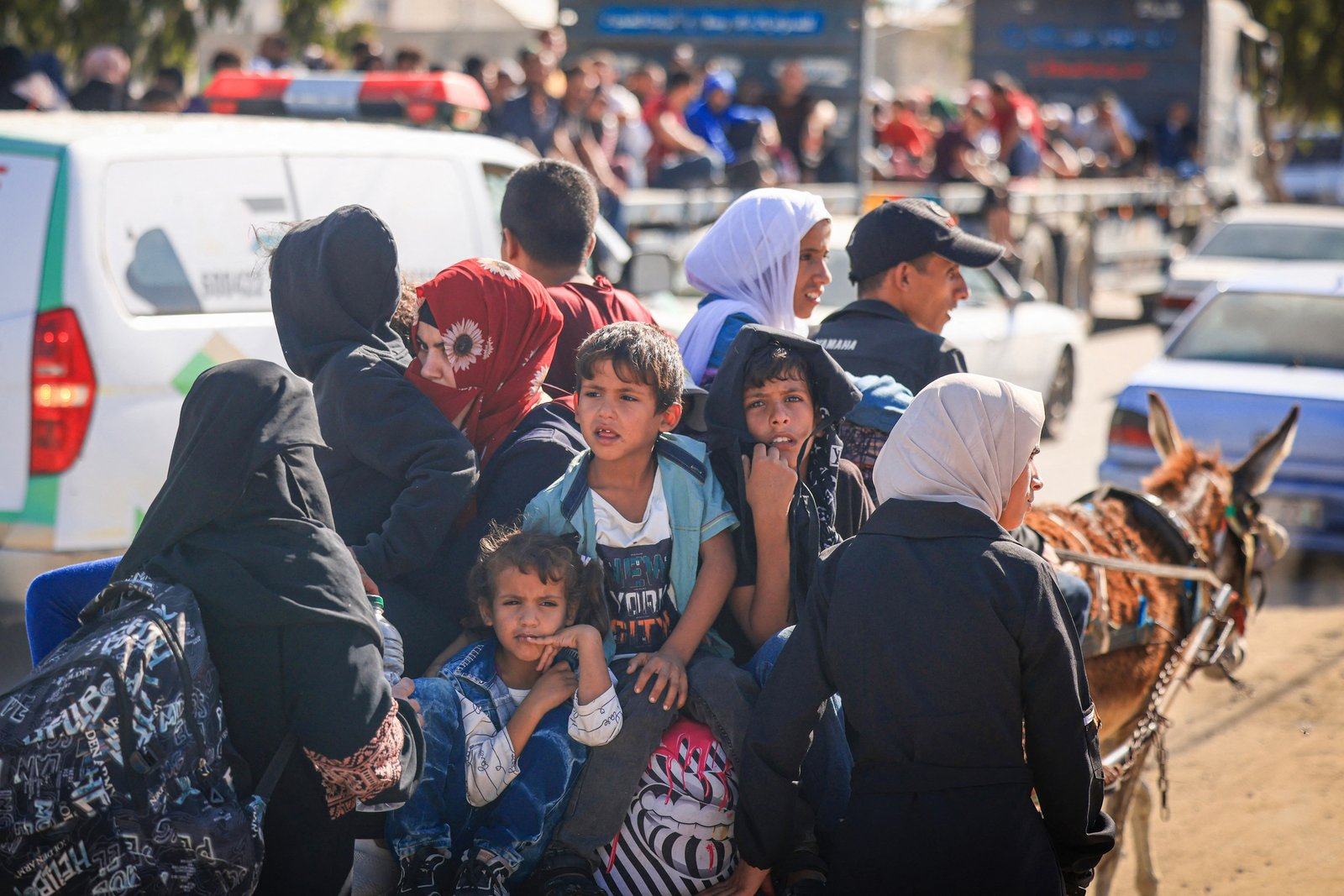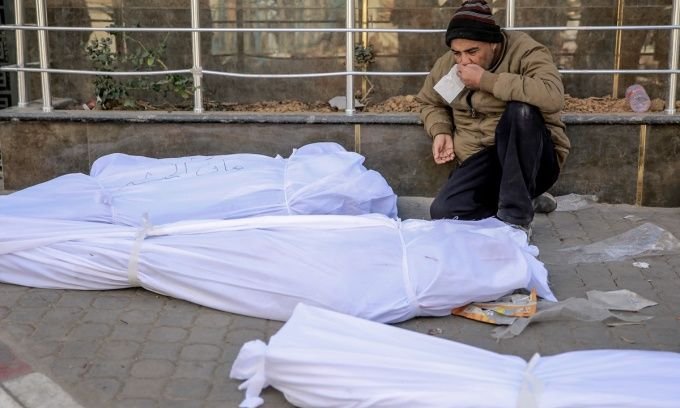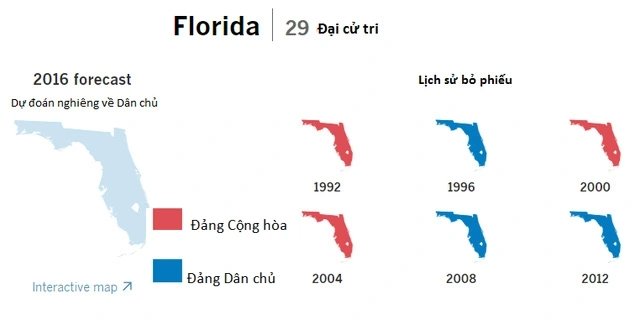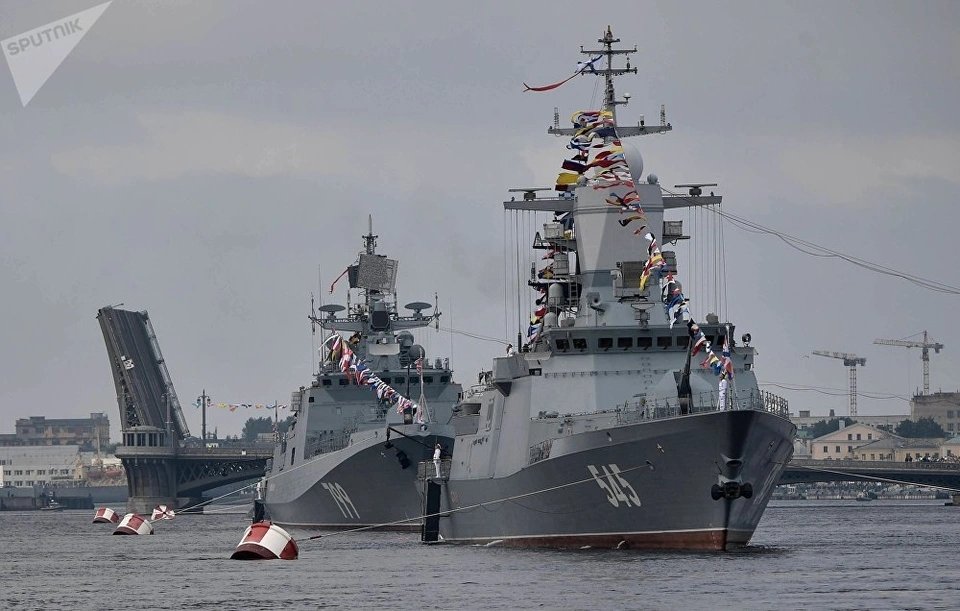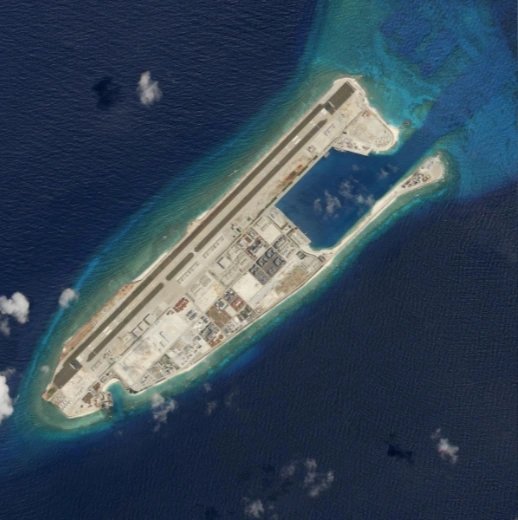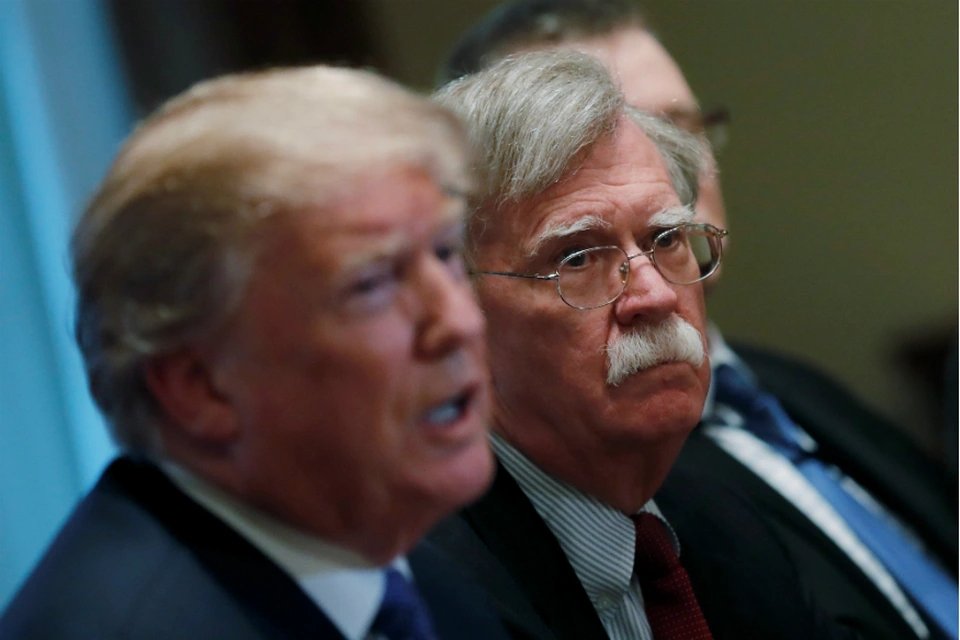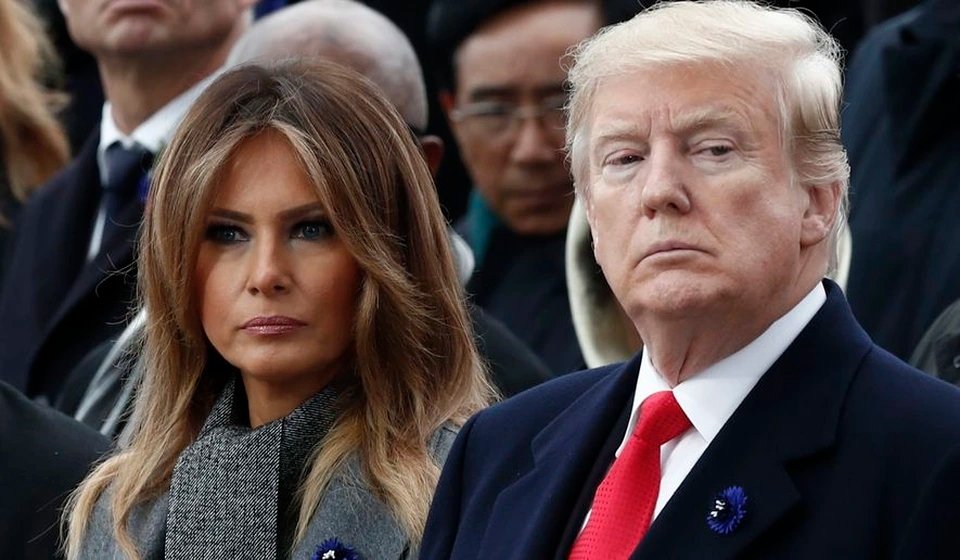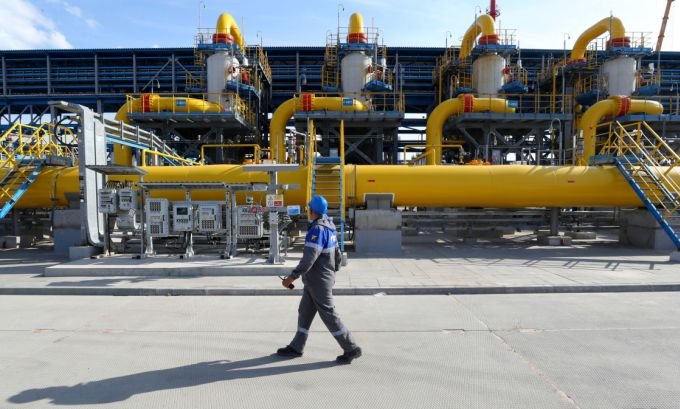
Just 24 hours after Ukraine reduced the flow of natural gas through its territory into Europe, Russian state energy corporation Gazprom on May 12 closed the Yamal – Europe pipeline running through Poland and stopped gas transfers.
Gazprom Germania is a German subsidiary of Gazprom.
On May 11, Russia announced sanctions on 31 energy companies, mainly in Europe, including Gazprom Germania and EuRoPol Gaz, the operator of the Yamal – Europe pipeline passing through Poland.
`We will not have any relations with these companies, they are simply banned,` Kremlin spokesman Dmitry Peskov said.
According to a decree signed by President Vladimir Putin earlier this month, Russian citizens and organizations are prohibited from performing contractual obligations or entering into transactions with companies on the sanctions list.
According to observers, although the impact of this move to block the pipeline is not large, accounting for only a few percent of gas consumption across Europe, each time the supply is affected, it is vulnerable.
Nord Stream 2 gas pipeline in Leningrad region, Russia, in July 2021.
`Now we will start to see different problems emerge. European governments need to act immediately because they are in an emergency situation,` Simone Tagliapietra, senior expert at the institute
German Economy Minister Robert Habeck said Russia no longer supplies gas to Gazprom Germania’s subsidiaries, but `the market is offering alternatives`.
According to data from Intercontinental Exchange, natural gas futures prices at the Dutch TTF Center increased by 14% on the morning of May 12, but then turned down again.
These latest developments show that Russia is increasingly tough in its tactics of using gas as a tool to pressure Europe, according to Anna Cooban, veteran commentator from CNN.
Last month, Russia shut off supplies to Poland and Bulgaria, materializing President Vladimir Putin’s warning that Moscow would cut off gas to `unfriendly` countries that refused to pay for contracts in rubles.
Russia supplied about 45% of Europe’s total gas imports in 2021. The EU is proposing to cut Russia’s gas consumption by 66% by the end of the year, but has yet to offer a detailed plan on how
Although fighting in Ukraine has been going on for more than two months, gas from Russia continues to flow to Europe, largely through pipelines on Ukrainian territory.
The Ukrainian operator said that Russian forces intervened in the transit point, threatening `the stability and safety of Ukraine’s gas transportation activities`, forcing them to block the flow of gas through the Sokhranivka station.
The impact of this move is still limited so far.
Tom Marzec-Manser, head of ICIS gas analysis, said the subdued market reaction was largely due to still high gas inventory levels, warmer weather and liquefied gas import volumes.
However, the blockage of gas flow through the Sokhranivka transfer station has increased insecurity at the prospect of further disruption of supply to Europe as the fighting continues, possibly causing already high energy prices.
Kateryna Filippenko, global gas supply analyst at market consulting firm Wood Mackenzie, said that the move to close the tap at Sokhranivka station caused a shortage of about 16 million cubic meters of gas per day for Europe.
Ukraine’s gas operator said it could increase gas flows at another transit point in Sudzha, located further west in territory controlled by the Kiev government.
C
Tensions may increase next week, when many European energy companies prepare to pay gas contracts to Russia, said expert Tagliapietra from Bruegel.
`We are still waiting for the European Commission (EC) to say whether payment in rubles violates sanctions or not,` he added.

Pipelines transport Russian gas to Europe.
European energy security could be threatened next winter, when heating demand will increase and the effects of global supply constraints will be felt more acutely.
Finnish politicians have been warned that Russia may stop supplying gas to its neighbor on May 13, Iltalehti newspaper reported, citing anonymous sources.
`Current reserve levels are sufficient to last through most of 2022, even if Russian flows stop immediately or any unexpected weather event occurs, but the outlook for winter 2022 supplies is currently

